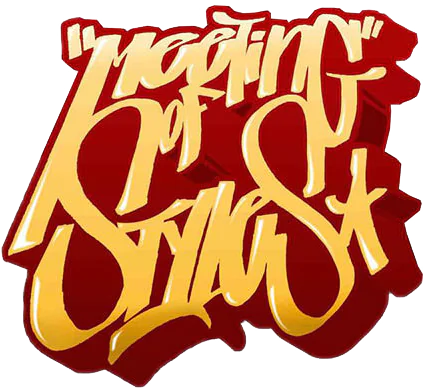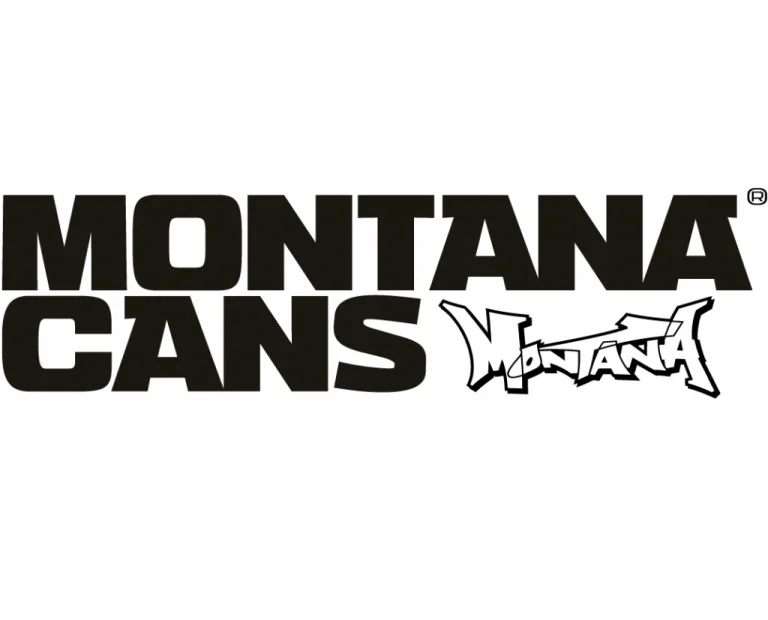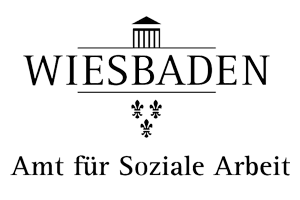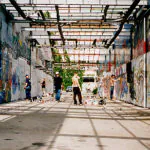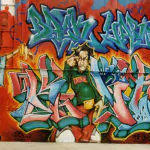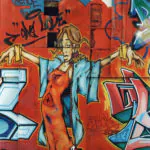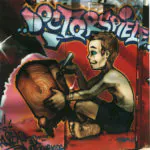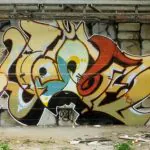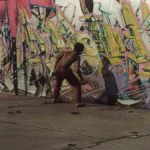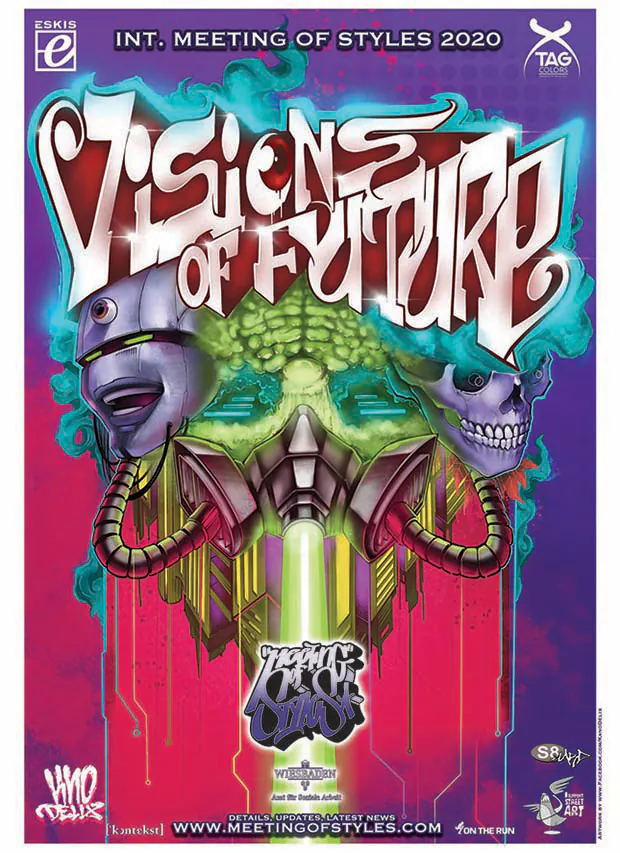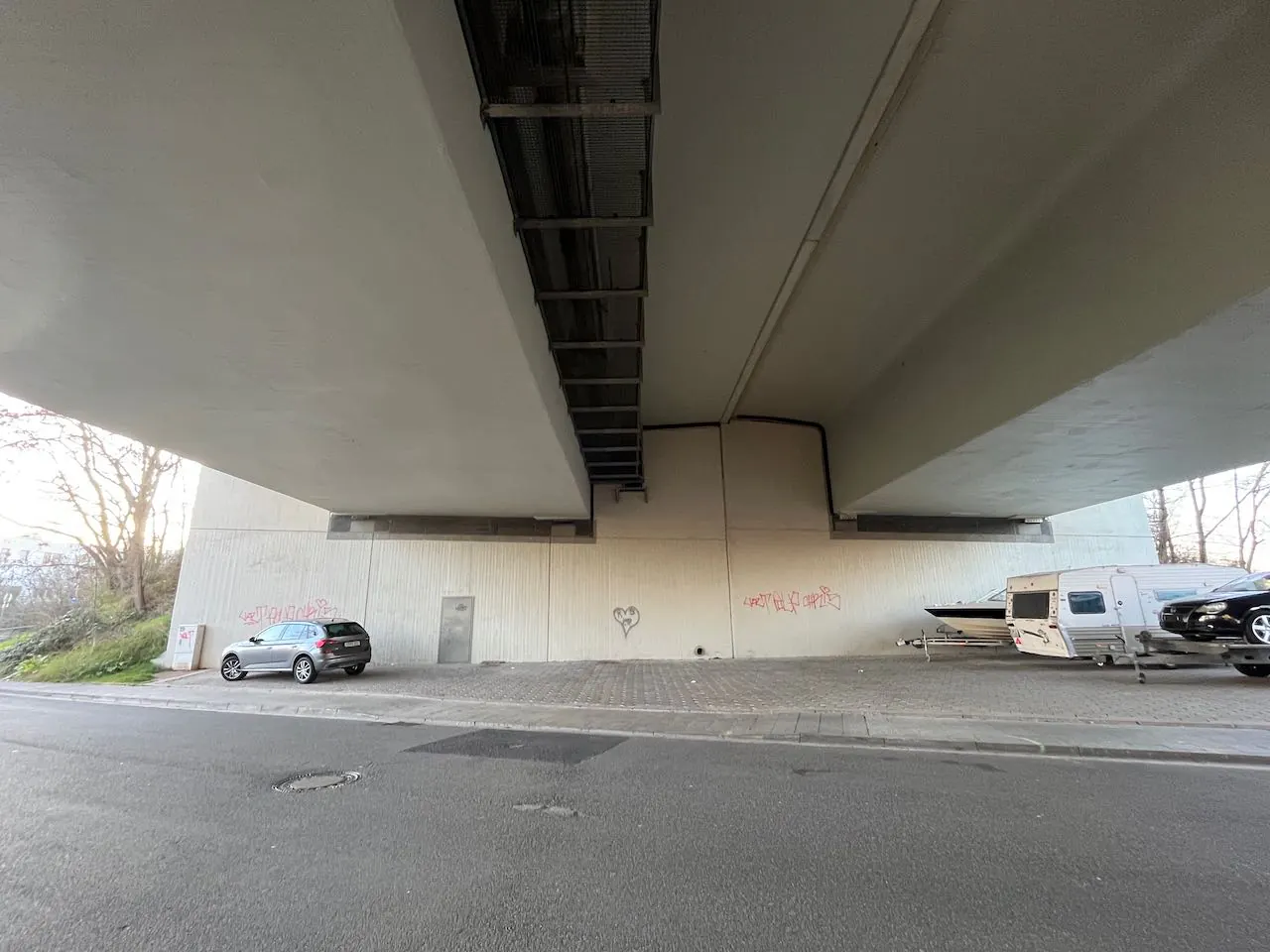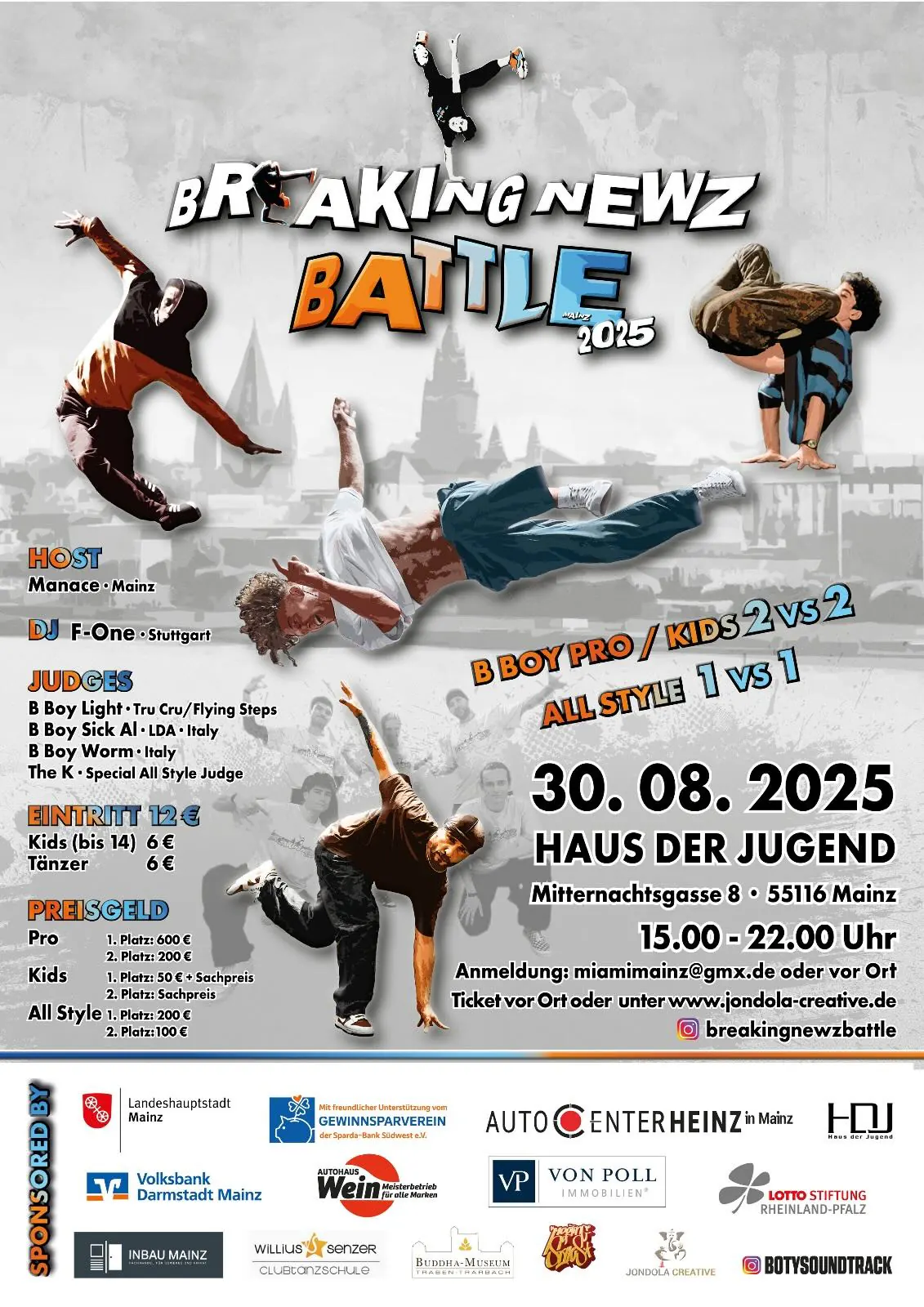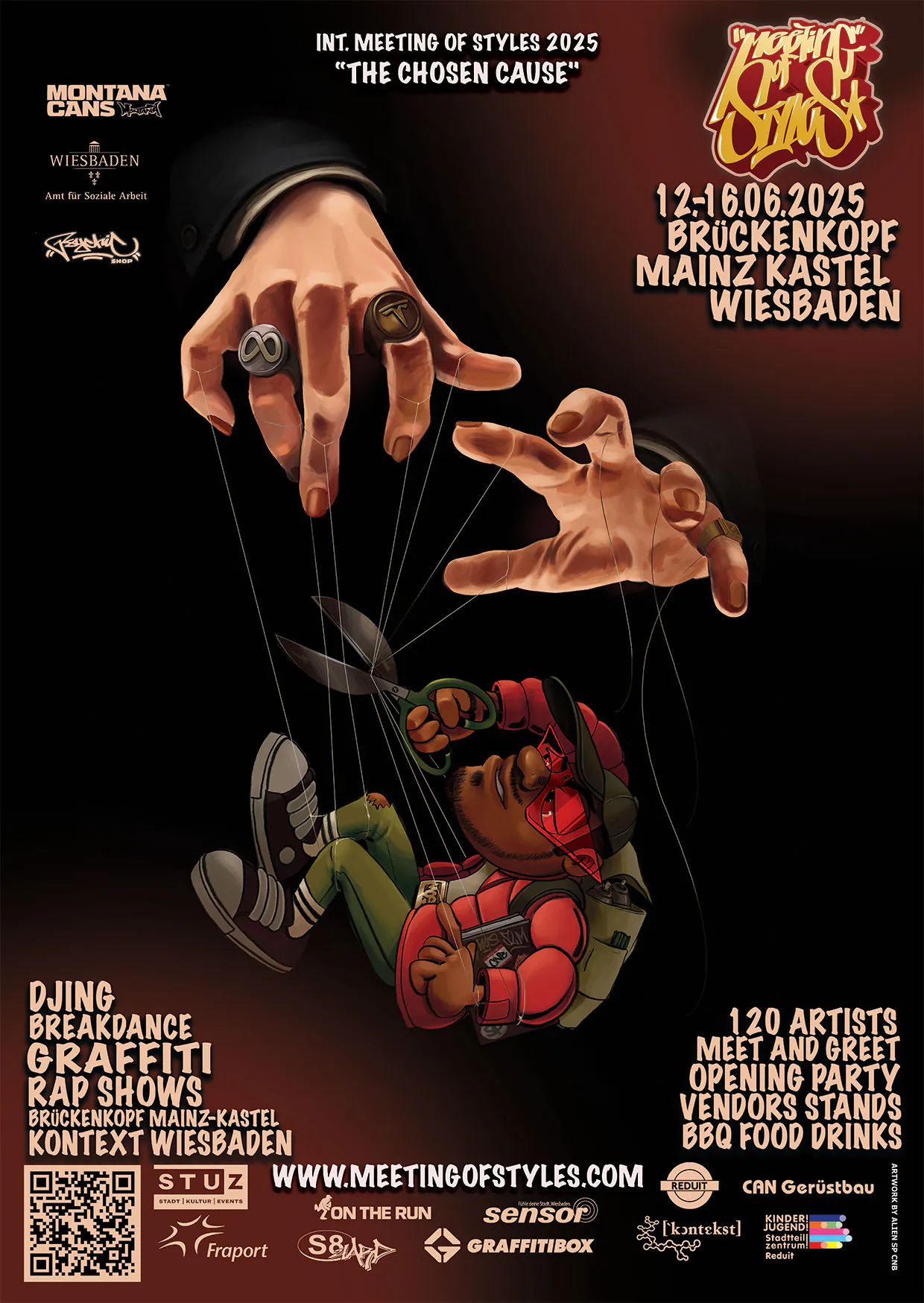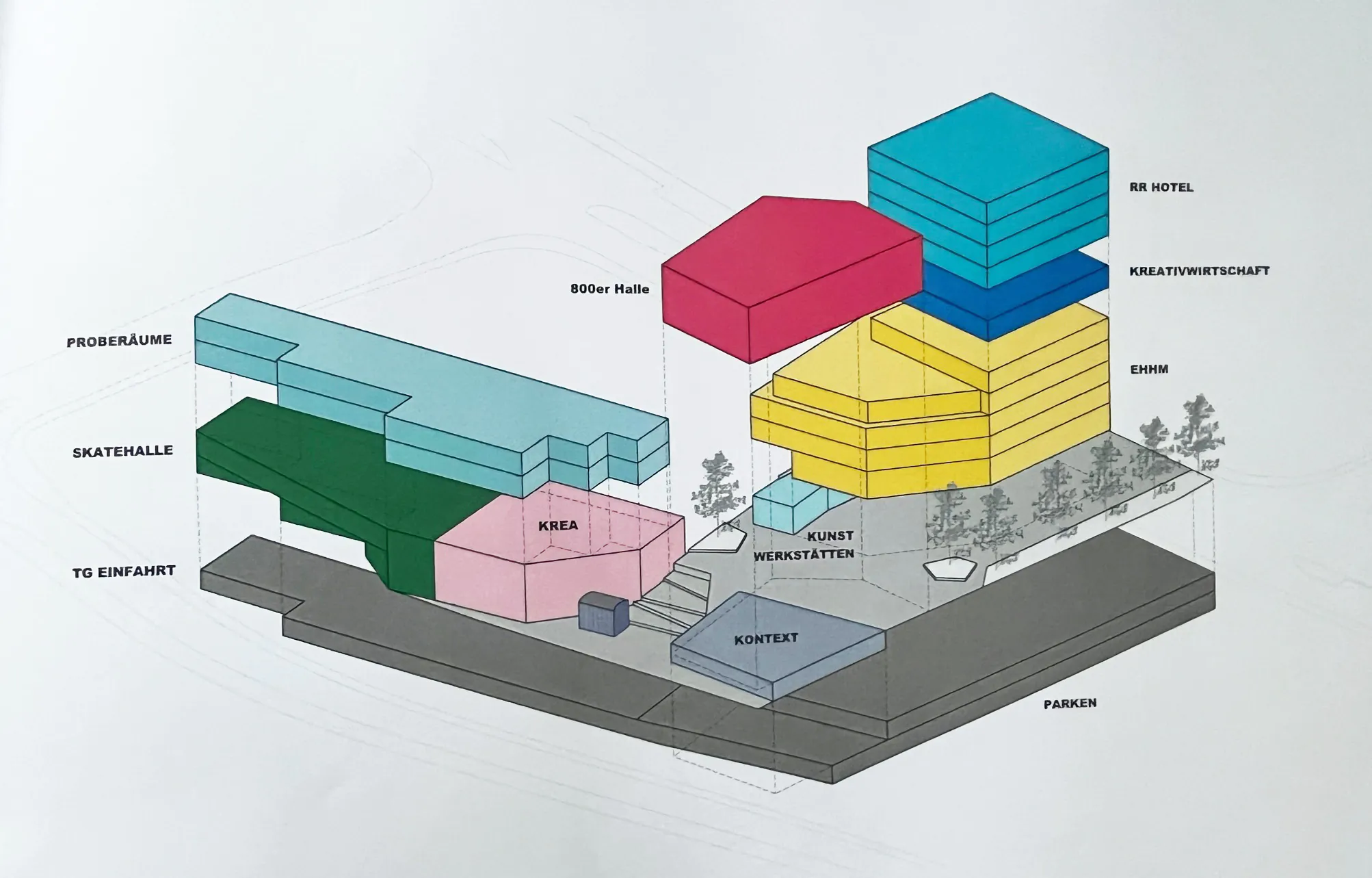The Mind Behind: Int. Meeting Of Styles – In The Spirit Of Cooperation And Exchange
Once upon a time there was an abandonned area consisting thousands of square meters of wallspace. It was a time when hundreds of artists from all over the world gathered annually to leave signs of their skills. After the dark past of deportations at the end of the 3. Reich and the slaughter of cattle for decades, this area had become colourfull, famous and joined worldwide reputation as one of Europe´s largest Graffiti-Galleries – the Schlachthof in Wiesbaden, Germany. This is the story of inspiration and ambition, of a vision of a better world. It is about, collective interests and public urban development and raises a basic question: who owns the city?

During the time of its existence, the legendary „Int. Wall Street Meeting” welcomed more than 25.000 visitors from all over Germany, Europe and the rest of the world to attend and to enjoy art in the process of creation. Because of its authentical style and its message the Meeting is mentioned as the best Graffiti-Event ever happened. Its worldwide reputation and the enourmous feedback inspired us in 2002 to spread its message all over the world which led to the founding of the “Int. Meeting Of Styles”.

It was 1984 when little Cazo Yours got infected by the first Hip-Hop-Wave in Germany and he started to write. As one of the few early Writers of his city, Cazo was the first to get into train-writing mid 80ies and became part of the first “graffiti-wave” to flood the rhine-main-train system 1990.

After a short high of steel-rocking in 92 he had to take time off from illegal colorising public property as he got accused and convicted of damaging property. His intention of painting was good, not evil, to make the city look nicer and to add colour to it, to fight the grey by the power of the spray-can. The system didn´t like the way and demonstrated that it is hard to force change from outside, against the systems structures, its institutions. Struggling with the system and its values, Cazo realised that change can only be achieved from inside, transforming the system by working with its own tools. The first step after the court-case to follow was the foundation of “Final Vision”, a group of artists and convicted vandalists realising art-shows and happenings.
It was the early 90ies when the former Schlachthof quit its business and the entire area was left unused. A huge complex, centrally located, near the main train station without any vision for a future use, left for decay. Very soon the local and regional Graffiti-Scene discovered the spot where painting during day-time was possible and later on was tolerated and accepted. At this time Wiesbaden didn’t offer any place for free, independent, and self-administrative culture, when a group of committed people discovered the deserted main building, occupied it and established a self-administrative centre of culture, realizing parties and concerts of various urban cultures. During this period the Schlachthof was already known beyond the city limits as a Graffiti-Hall-Of-Fame where painting was almost legal. Crews from all over the country met to do large productions, writers from all over the metropolitan area could be met on a daily basis. At the beginning only tolerated, by the mid 90ies the Graffiti-scene of the Rhine-Main-Area and beyond was established and made the Schlachthof one of Europe´s largest Hall-Of-Fames.
To Be Continued!
Author: MoS
MOS Orga.
